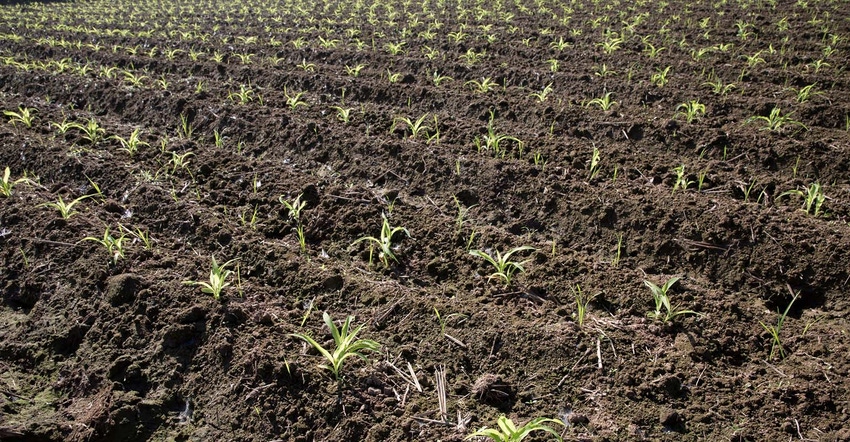June 11, 2020

A new analysis from the National Corn Growers Association projects a $59 per acre average revenue decline for the 2019 corn crop and a $89 per acre average revenue decline for 2020, compared to pre-COVID-19 projections.
The analysis was conducted by Gary Schnitkey and Jonathan Coppess of the University of Illinois using projections for 2019, 2020, and 2021 for pre-COVID and post-COVID scenarios.
An earlier analysis, released by NCGA in April, projected a $50 per acre revenue decline for the 2019 corn crop.
If the latest analysis is realized, the 2020 crop year revenue would be the lowest corn revenue since 2006.
In the analysis, Schnitkey and Coppess compare the pre-COVID and post-COVID scenarios. These scenarios indicate:
Price declines associated with 2019 crop will result in revenue losses. Even after accounting for increases in the 2019 Commodity title and CFAP payments, total revenue declines by $15 per acre on the 2019 crop.
For 2020, a post-COVID price of $3.20 per bushel and a national yield of 179 bushels per acre results in crop revenue of $573 per acre. Crop revenue of $573 would be $49 per acre below the average crop revenue from 2014-2019. A $573 would be the lowest crop revenue since 2006.
PLC payments on the 2020 crop would result under the post-COVID price scenario. Even after accounting for PLC payments, post-COVID revenue projections are well below the 2014-2018 average for total revenue.
Low revenues likely will persist into 2021, particularly if trend yields or higher occur in 2020, leading to large ending stocks for the 2020 marketing year. Corn farmers will find 2021 a challenging income year under likely supply/demand scenarios.
Before COVID-19, cash corn prices averaged $3.78 per bushel in January and February. Prices fell below $3 per bushel in late April. USDA's Office of the Chief Economist is projecting a quick return to normal economic conditions, but Schnitkey and Coppess say "there is a great deal of uncertainty about 2020."
They point to lower corn use, which may increase ending stocks. Higher yields, too, could increase ending stocks. Higher stocks would lead to lower 2020 prices.
Click the download button below to see the entire report, including charts and analysis.
Source: NCGA, which is solely responsible for the information provided and is wholly owned by the source. Informa Business Media and all its subsidiaries are not responsible for any of the content contained in this information asset.
You May Also Like




